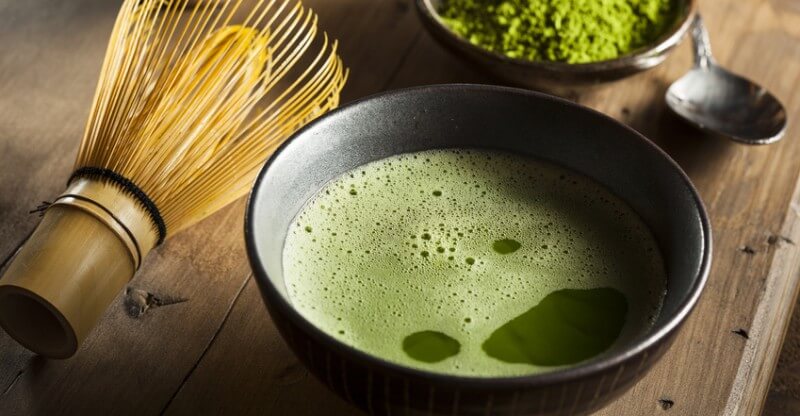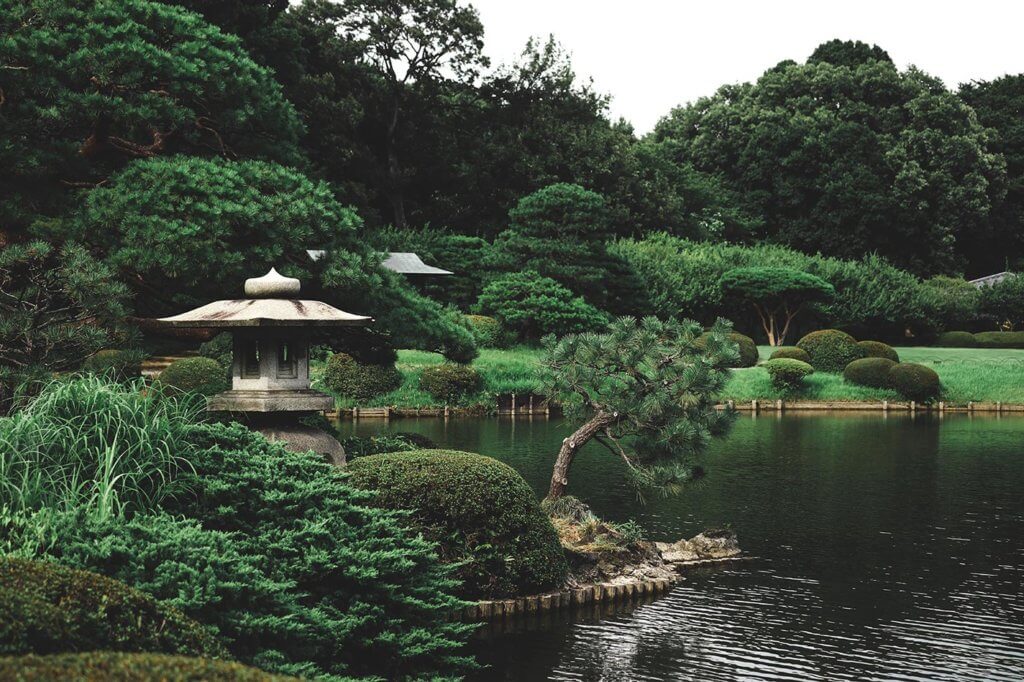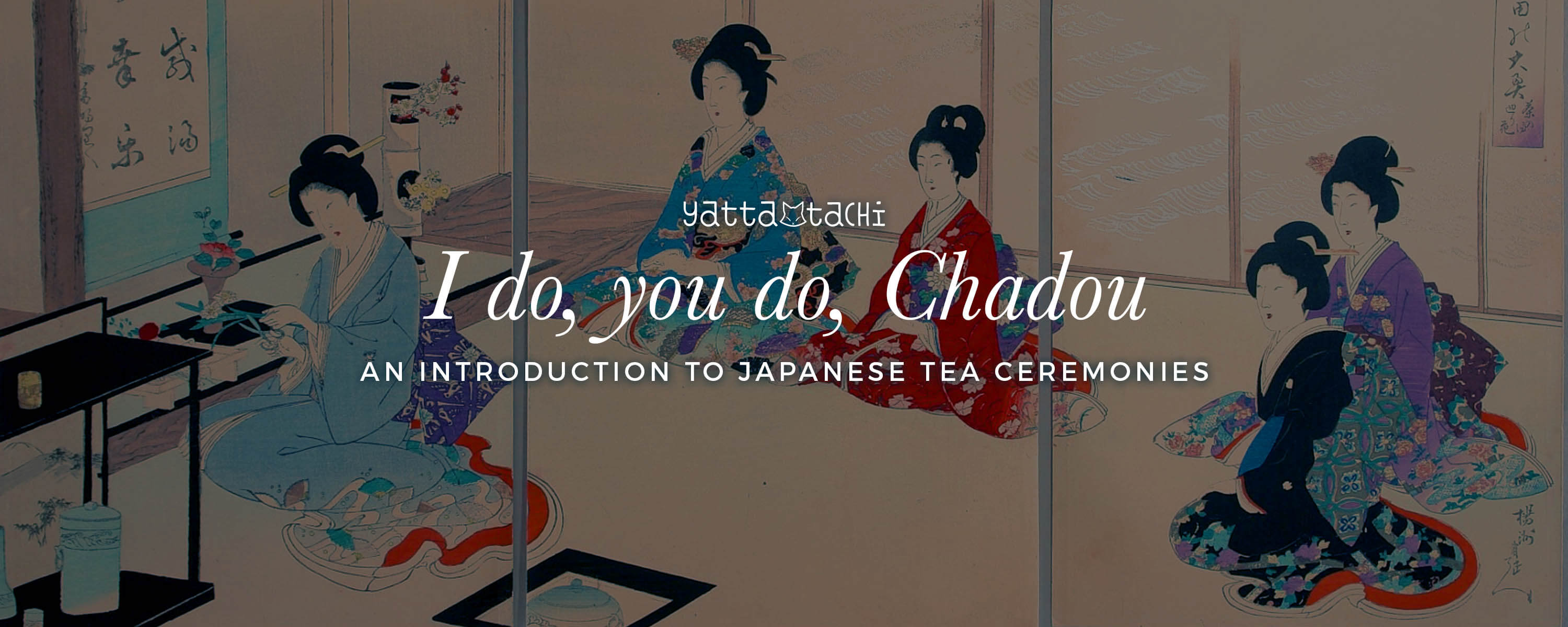The Japanese Tea Ceremony
Japanese tea ceremony, chadou ( 茶道), is an undeniable part of Japan’s cultural identity, right down to its name. Tea is the most widely consumed beverage in Japan, but it is transformed into something beyond itself during chadou. Tea in the United States pales in comparison with its simple categories of sweetened or unsweetened. In recent years, Matcha (抹茶) has become very trendy, and has even been regarded as a superfood here in the states. As much as I love seeing matcha become even more popular, I always find myself wistfully sighing. Why? I remain wistful because matcha has a central role in chadou. Matcha without chadou is like peanut butter without the jelly; while fine on their own, they are better together. I have decided to write these articles so that others can appreciate matcha and the magic that goes into a chadou (and also to turn everyone in the world into tea geeks like myself). This article will be the first of three, and will focus on the occasion, and the setting for chadou.
I hope you’ll join me on this tea-riffic ride through Japanese culture.

Let’s meet for tea!
It’s a rainy Tuesday afternoon, and you’ve just gotten off the train to a part of town you aren’t quite familiar with. You’re here because you have been invited to chadou. Much like baby showers or weddings, invitations are usually sent out months ahead of time and require an RSVP. Even if the occasion for chadou is simply two friends catching up, the same methods of the ceremony are carried out: set-up, utensil purification, tea preparation, and clean-up. The occasion is a formal one, and you might wear your Sunday best. This would look like a knee-length skirt with hosiery and a blouse, a suit, or even an elegant kimono.
Should I ever attend one, I imagine putting on a kimono befitting the seasons and having my hair done beautifully. It’s a special event so I would go the extra mile. With lovely sleeves and only myself as company, I would begin my trek into the tea house.
Location, location, location
While the location of chadou can vary greatly, from being hosted in a community center to a specific room created for the ceremony, traditional tea houses are rustic in their construction. Tea houses maintain a connection to nature as a way of escaping the hustle and bustle of everyday life, and to ground yourself in the sublime joy the natural world offers. Before actually arriving in the tea house proper, guests will usually walk through a small garden route known as roji-en, (“dewy ground”, 露地). The roji-en is quite literally the transition from mundane reality to the removed, reserved, and hidden spaces we sometimes occupy.

At the start of the path, straw sandals may be provided in lieu of street shoes in order to not disturb the gravel path or beds of moss you tread on. Along this path, there may also be stone lanterns, plum or maple trees, and maybe plants to highlight the beauty of the season. The roji-en also has areas known as kekkai, (結界), which separate “pure” areas from “vulgar” areas. For example, a small pool of water, known as tsukubai, is a kekkai because it allows visitors to purify themselves before entering (you also encounter these at Shinto shrines). Symbolically, the water washes away the cares and the dust of the outside world so you arrive with a clean, refreshed perspective.
You take in the sight of maple leaves falling in a passing breeze, and as they gently touch the ground, you let your gaze roam over the scene. The water in the tsukubai has stilled and the autumn sky is austerely reflected. Your feet feel warm and cushioned in the straw sandals. You feel your breath slow as your muscles relax. You are here; you have arrived and the adventure has only begun. Your gaze flickers to the space in front of you, and you see a person kneeling inside the room. The host has invited you inside, and the time spent in reverie of chadou continues on.
Stay tuned for our next installment, as we go deeper into the intricacies of chadou!
Source: Well-beingsecrets.com, unsplash.com

Featured Sponsor - JAST
The sweetest romance and the darkest corruption, the biggest titles and the indie darlings; for visual novels and eroge, there's nowhere better.
Big thank you to our supporters
From their continous support, we are able to pay our team for their time and hard work on the site.
We have a Thank-You page dedicated to those who help us continue the work that we’ve been doing.
See our thank you page




